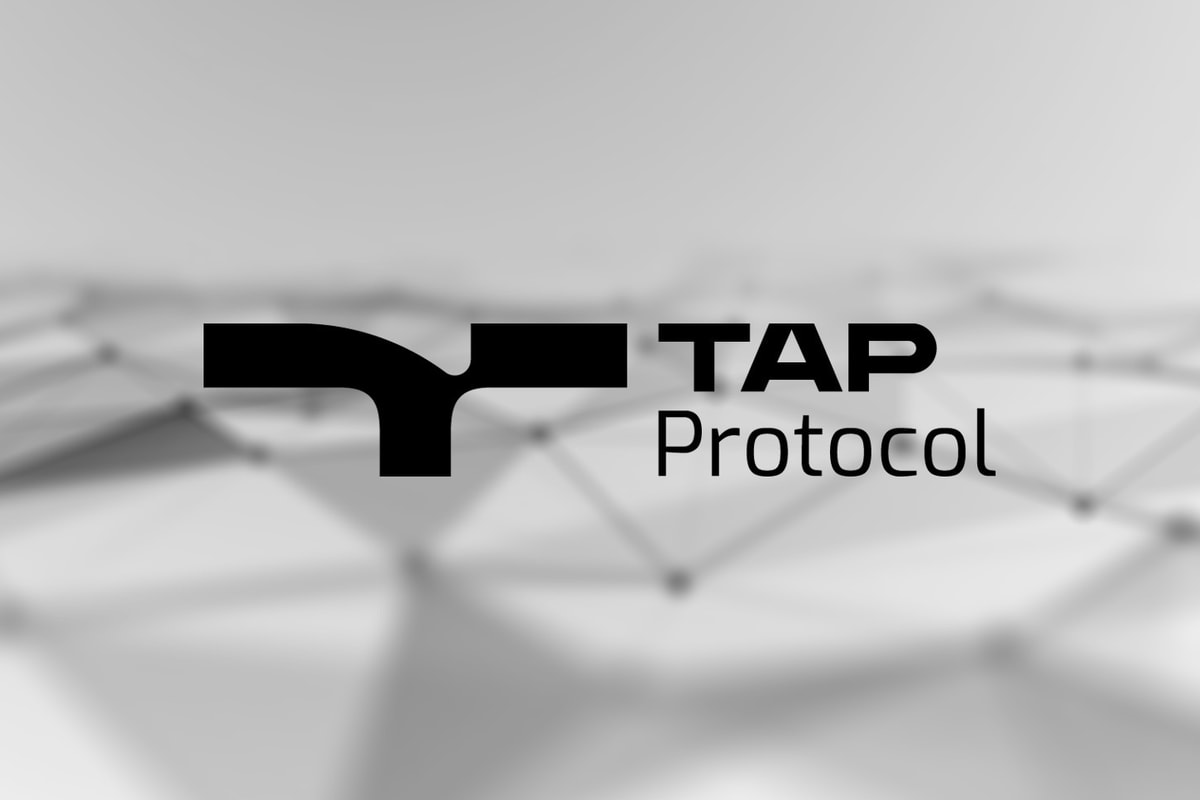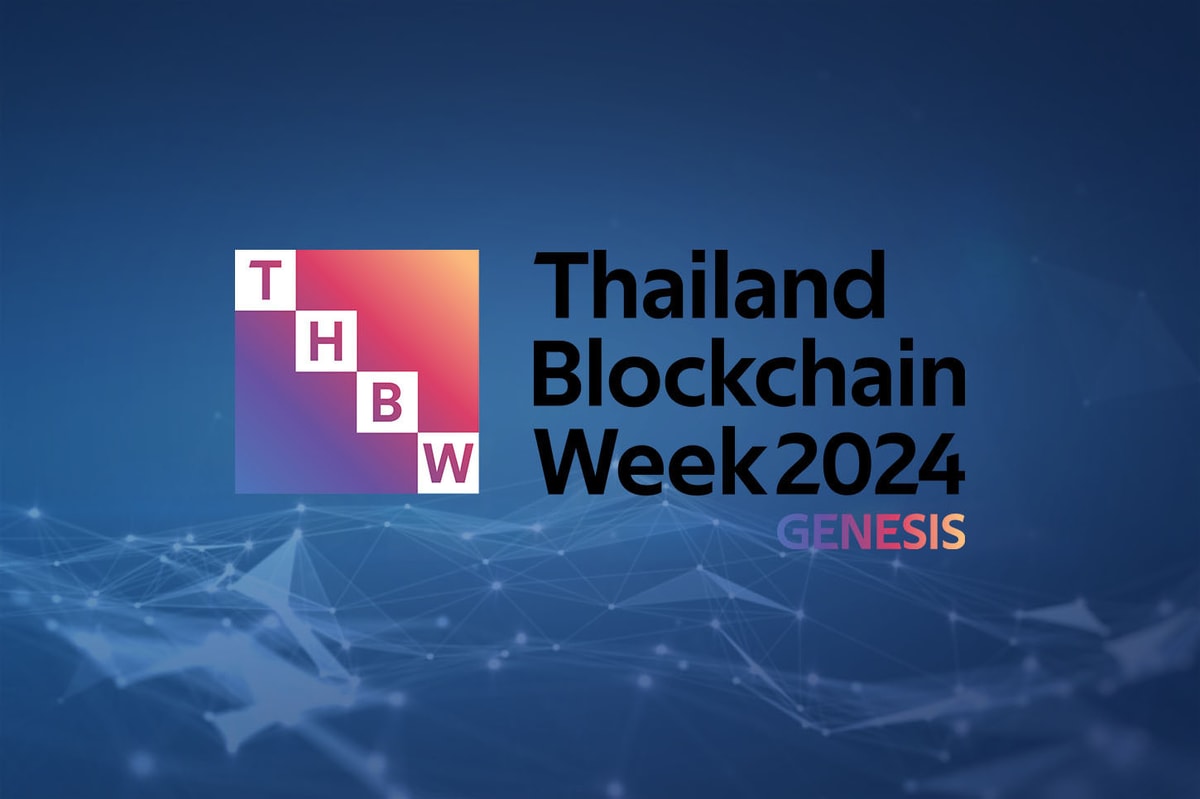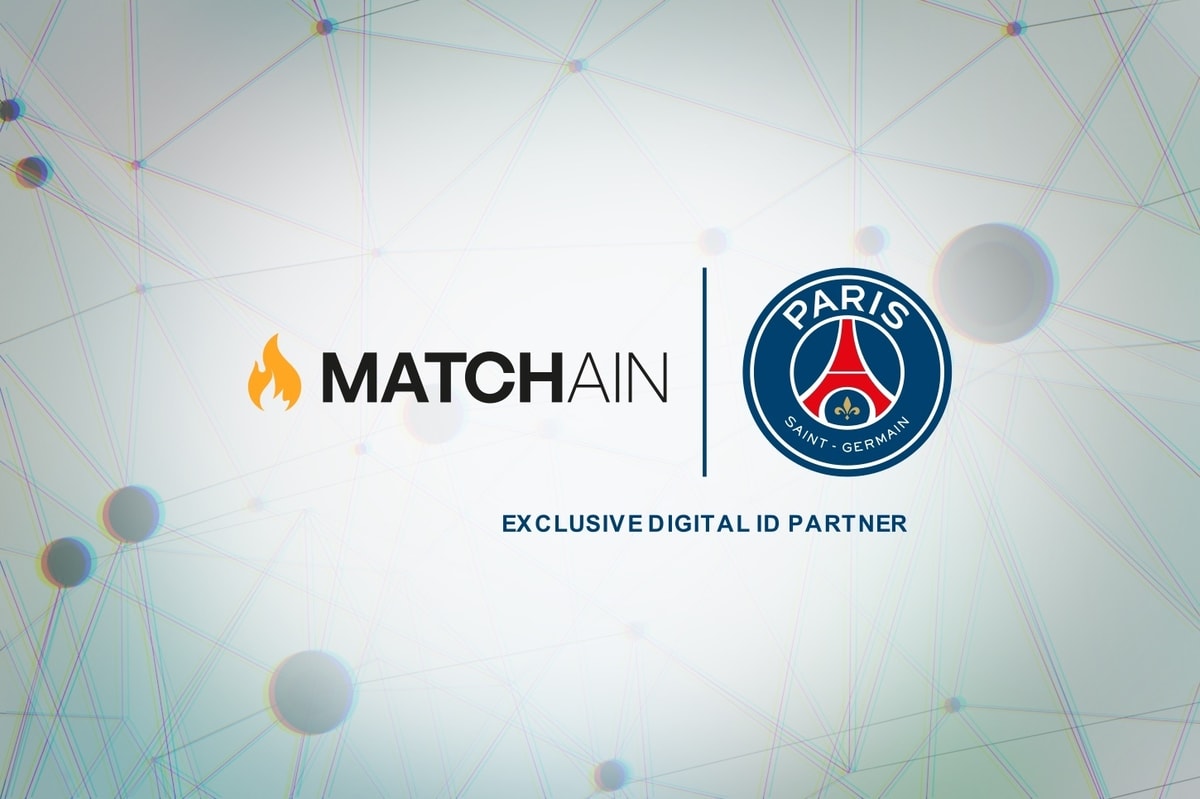BitGesell (BGL) represents a future-oriented cryptocurrency project aiming to serve as a viable means of value storage. Built by leveraging the Bitcoin code, BitGesell’s value proposition consists of its highly deflationary nature, based on the financial philosophy brought forth by Silvio Gesell. Through the deployment of scarcity-inducing actions such as block reward halving and coin burns, BitGesell’s value increases as its supply drops.
Rundown of the BitGesell Financial Philosophy
BitGesell’s team members are avid believers in the benefits of demurrage and Silvio Gesell’s Freigeld philosophy. This being said, the cryptocurrency adopts a reversed form of demurrage, meaning that rather than depreciating in value, the coin’s supply is cut short, thereby influencing its value. In an optimal market where demand exists, BitGesell’s price is bound to grow relative to all other digital currencies and fiat.
How BitGesell’s Halvings and Transaction Burns Assure Value Growth
Optimal understanding of BitGesell’s market goals is achieved through comparison to Bitcoin (BTC), the world’s largest cryptocurrency by market cap. With this in mind, Bitcoin’s supply is cut short through a halving event that occurs every four years or so. Similarly, its supply is capped at 21 million coins, which are to be mined by the year 2140. This provides a certain degree of scarcity, but it may not be enough for users looking to store a significant amount of wealth. After all, Bitcoin is known for its high degree of volatility, which often turns negative during a bear market. Due to this trend, optimal value storage cannot be attained by relying on Bitcoin in spite of its many benefits.
On the other hand, Bitgesell, a hard fork from Bitcoin Core, deploys accelerated halvings alongside scheduled coin burns. To put this into perspective, BGL adopts a much quicker halving interval scheduled at once per year. With mining rewards essentially halved on a recurring basis, users can expect an ever-growing coin value, reflected by the capped limit of 21 million BGL. This is not subject to change, as the recurring halving mechanism has been permanently coded into BitGesell’s software architecture.
Furthermore, BGL has implemented a burn rate consisting of 90% of its transaction fees. Miners still get to retain a profit as they solve the proof-of-work algorithm, but while they won’t obtain a considerable number of coins, their rising price will make mining worth the energy and hardware investment over the long term. A potential price collapse in the face of selloffs is also unlikely to happen thanks to BGL’s transaction fee burns.
Additional Tech Specifications
As expected, BitGesell features a series of other improvements over Bitcoin. For instance, it comes along with a block weight of 400KB, which is roughly 10 times smaller than Bitcoin’s. This allows for a higher transaction throughput while essentially solving the scaling dilemma plaguing major blockchains like Bitcoin and Ethereum. With BGL, users will no longer have to spend hours waiting for their transactions to confirm. In fact, the processing is bound to take a few minutes at maximum, even when dealing with a congested blockchain network.
As a 100% SegWit-compatible coin, its users will not incur any issues with legacy transactions. This means that transaction signatures are separated from other data sets while being processed off-chain.
Current Developments and Future Roadmap
BitGesell was designed as an open-source and community-driven project, so all relevant protocol decisions depend on its community as a whole. As part of this section, readers will learn more about the on-going developments and future roadmap plans in store for BGL.
The BitGesell blockchain mined its genesis block on April 4, 2020. Community members can already access the BGL Core, which is the open-source software responsible for the ongoing operations of the cryptocurrency. A powerful block explorer has also been released to facilitate transaction tracking in a transparent manner.
The coin is readily available for trading and value storage purposes since 38% of the total supply of BGL has already been minted. In fact, it has been listed on several exchanges, including Hotbit, Crex24, AlterDice and Catex. Coin storage is possible via the official BGL wallet software. Miners that lack sufficient equipment can join compatible mining pools, such as Mining Dutch or Bitaps.
BitGesell’s future roadmap includes a series of formidable milestones, such as on-going marketing and branding efforts, community-driven project development, as well as commercial/non-commercial service building via the public BGL-API server.
Bottom Line
With these aspects in mind, it goes without saying that BitGesell is still at an early stage. However, it shows great promise in terms of solving scalability issues and acting as a viable means of value storage through its scarcity-centered philosophy by virtue of Silvio Gesell.
For more information, visit the BitGesell website: www.bitgesell.ca.











